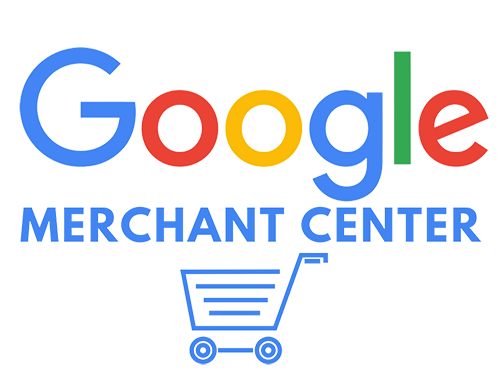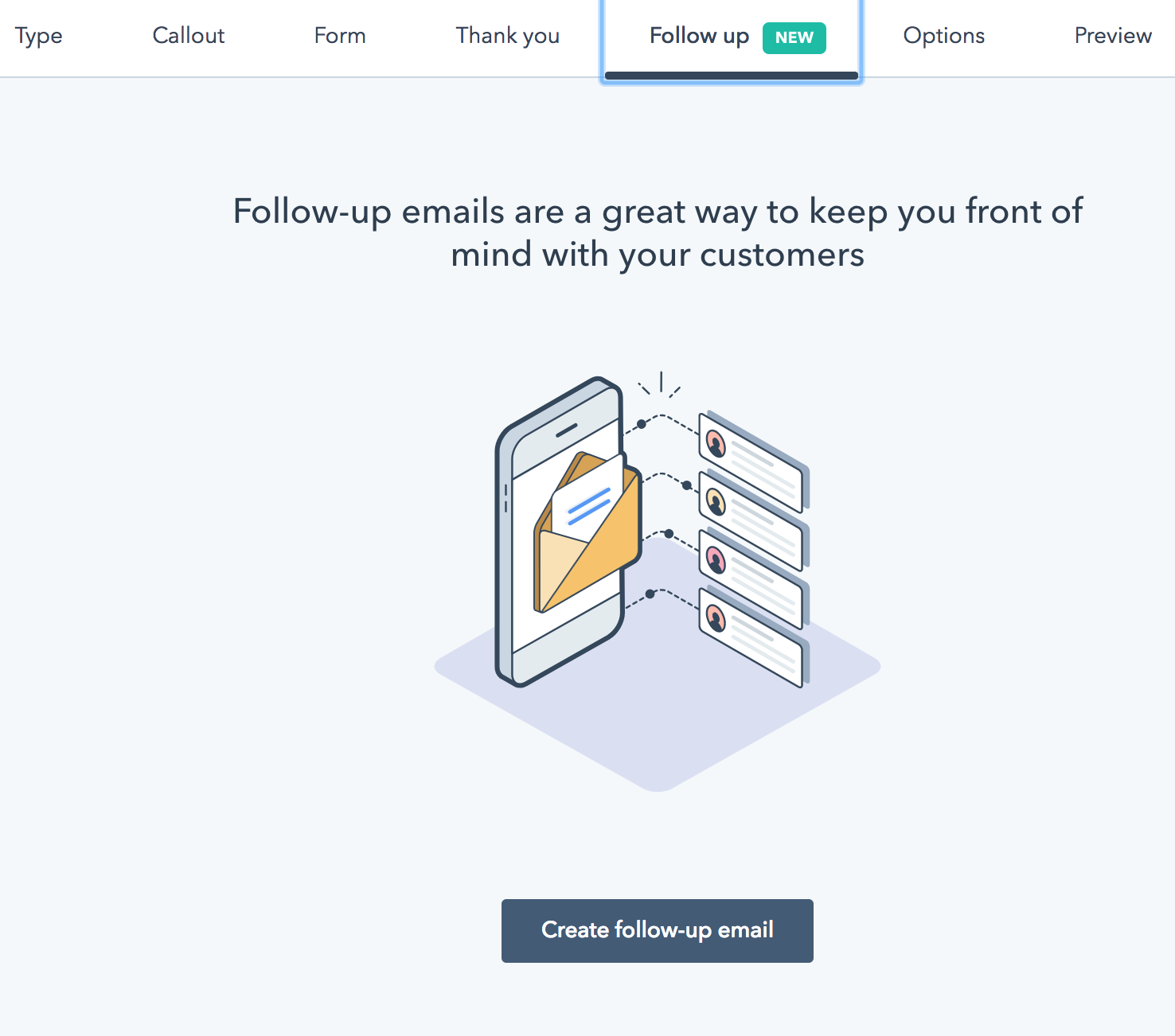Ecommerce Marketing Strategies to Drive More Sales
- Krupa Bagiya
- September 10, 2018
- 4 Minute Read

The E-commerce industry has been on the rise in Australia for the last five years with the industry reporting a total revenue of AUD $16926m in 2018. With this, the expected annual growth rate between 2018-2022 is 8.9%. These statistics imply that eCommerce businesses have a great future. However, the great business competition in the sector makes your survival a little challenging.
So, if you wish to outperform your eCommerce competitors by driving more sales, here are some actionable eCommerce marketing strategies for you:
1. Set Up Your Google Merchant Centre Account
One of the best ways to promote your products on Google is through Google Ads Shopping Campaign. When making your products directly available for sale on Google the first thing you need to do is create your Google Merchant Center account and list your products there. Let’s explore how this eCommerce marketing strategy works!

How Google Shopping will help your E-Commerce business
Google Shopping allows you to display your products in a more specific and eye-catching way compared to the search or display ads. It works differently from the regular search and display advertisements where you have to optimize your ads by bidding on specific keywords, changing your bids and experimenting with your CTAs. Contrary to other ad networks, Google Shopping rates your ad based on relevancy to a search query. This means your ad is only triggered in case of a relevant search query and you will need to pay for each click on your ad.
How to get started with Google Shopping
To get started with Google Shopping you need to create your Google Merchant Center account, link your online store to it and add your product titles, SKU Ids, description, specifications, stock availability, etc. Going forward, you will need to update your pricing and stock regularly on Merchant Center as it is directly synced to your Google Shopping. There are various tools and plugins to help you feed data to the Merchant Center automatically.
Here is how to create your Google Merchant Center account for Google Shopping.
2. Lead with Your Own Facebook Store
Facebook offers a great audience for your eCommerce marketing campaigns and with a popular Facebook store, you can draw great leads directly to your site. You can create your Facebook store for free and add products from your eCommerce store directly to your Facebook Shop. When a user clicks on a product listed on your Facebook store he is directed to your product page from where he can purchase it.
Here is how you can create your Facebook Store.

3. Utilize Your Instagram Audience with Shoppable Posts
Instagram is an ever-rising social media platform with 500 million active users daily. These users make up for a huge audience of online shoppers who can be converted into customers by creating shoppable Instagram posts.
You need to click compelling images of your product offerings and post them on Instagram with writing, hashtags, product details and pricing. The most important parts of your posts are the image tags you place on your post and the CTA button you add to your post. For example, “Shop Now” can be a clear CTA to direct the user to your product page. This eCommerce marketing strategy can help you generate a great return on investments.
Here is how you can create Shoppable Instagram posts for your business.
4. Target Site Visitors with Automated Follow-up Emails
Using the behavioural email marketing framework can help you win back site visitors and convert them into customers. With this eCommerce marketing strategy, you can track the online activity of a visitor on your site. This tracking data includes: the time duration that a visitor spends on your site, the pages he/she visits on your site and the products he/she adds to his Wishlist or cart. Now, if a user abandons your site without making a purchase, you can pitch him an offer via email based on this tracking data. Tools such as HubSpot can help you automate these email offers and the tool will shoot automated emails to visitors based on the conditions you set for your email trigger. This is an advanced form of remarketing and can help increase sales for your eCommerce business.

Some popular tools that can help you with trigger-based automated email marketing include:
The eCommerce marketing strategies discussed above are purely actionable and can help you attract more leads to your eCommerce websites, thus boosting your sales. Need help? Get in touch with us.

Thank you for submitting the details!
We will keep your information safe. Feel free to contact us with any questions at hello@uplers.com
Please check your email for next steps shared by Robert.

















